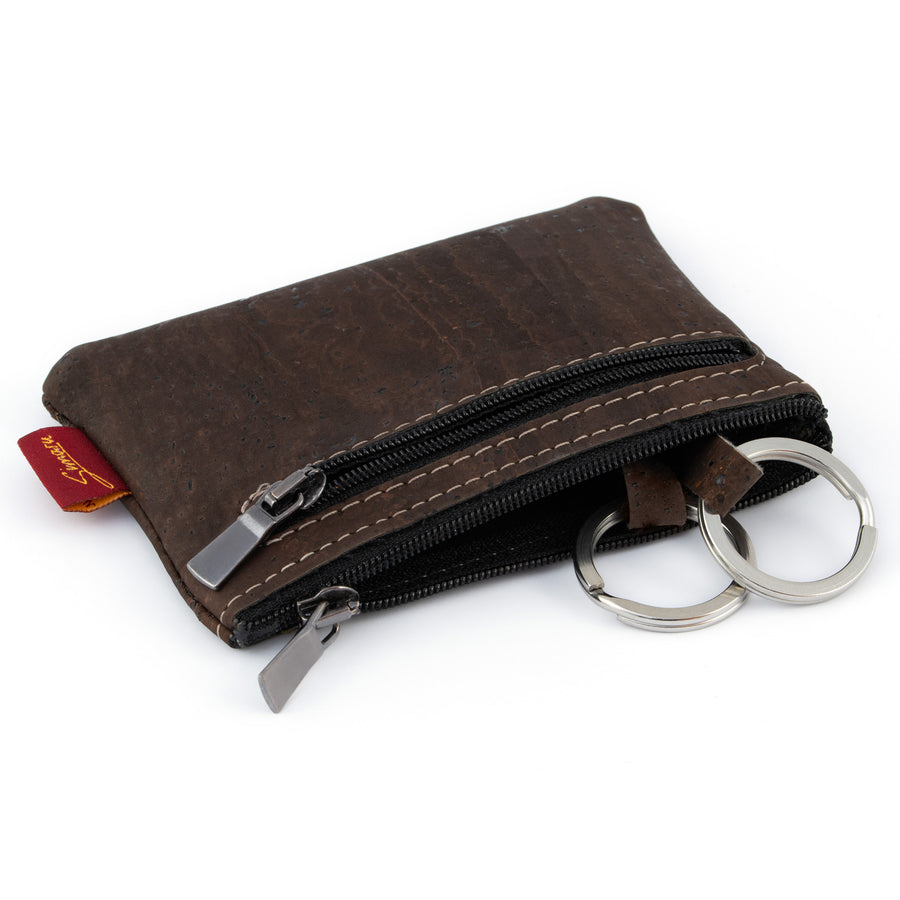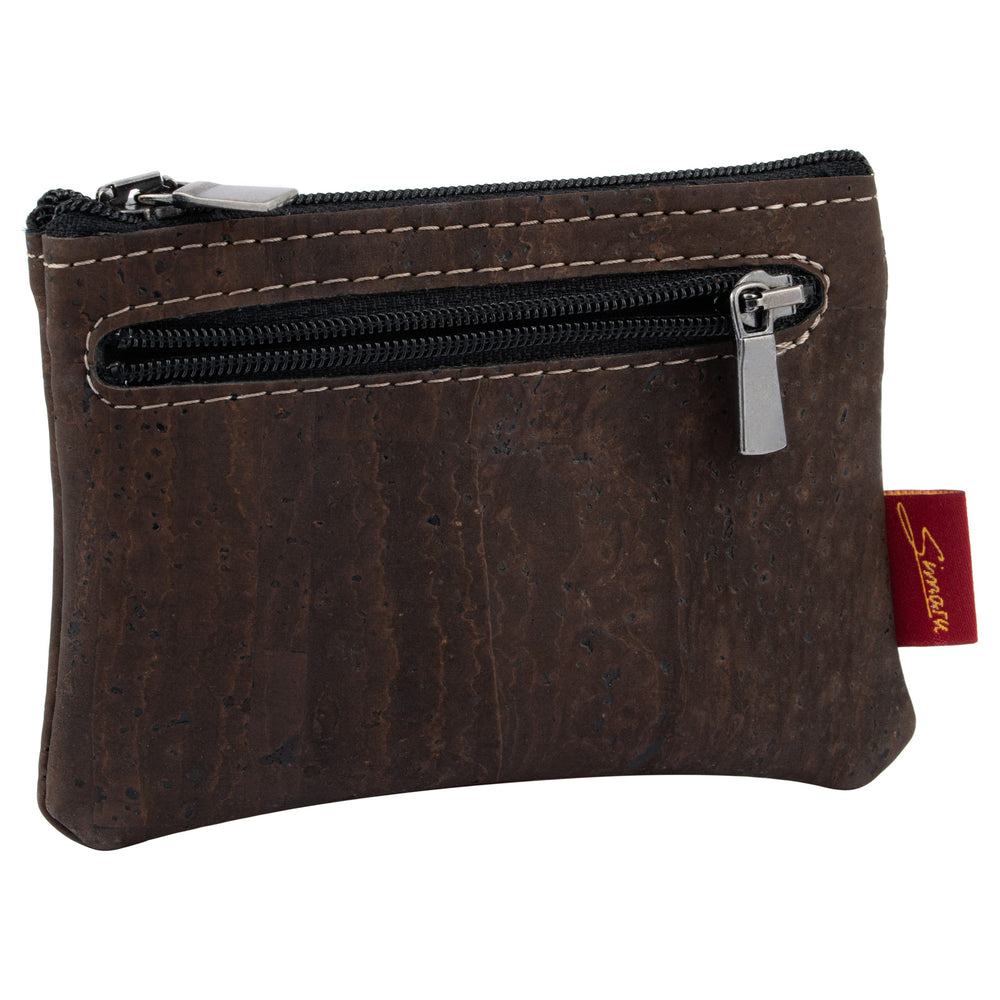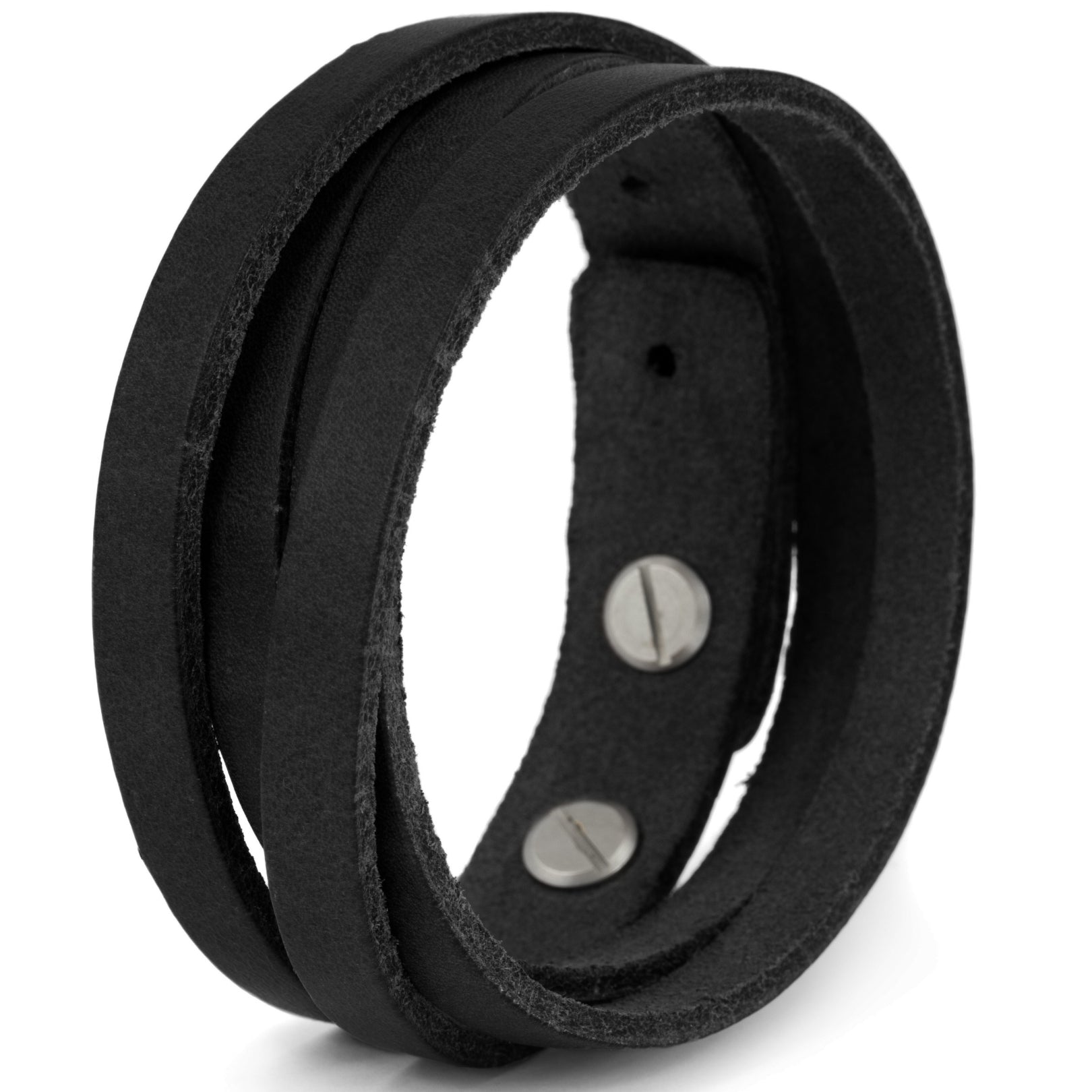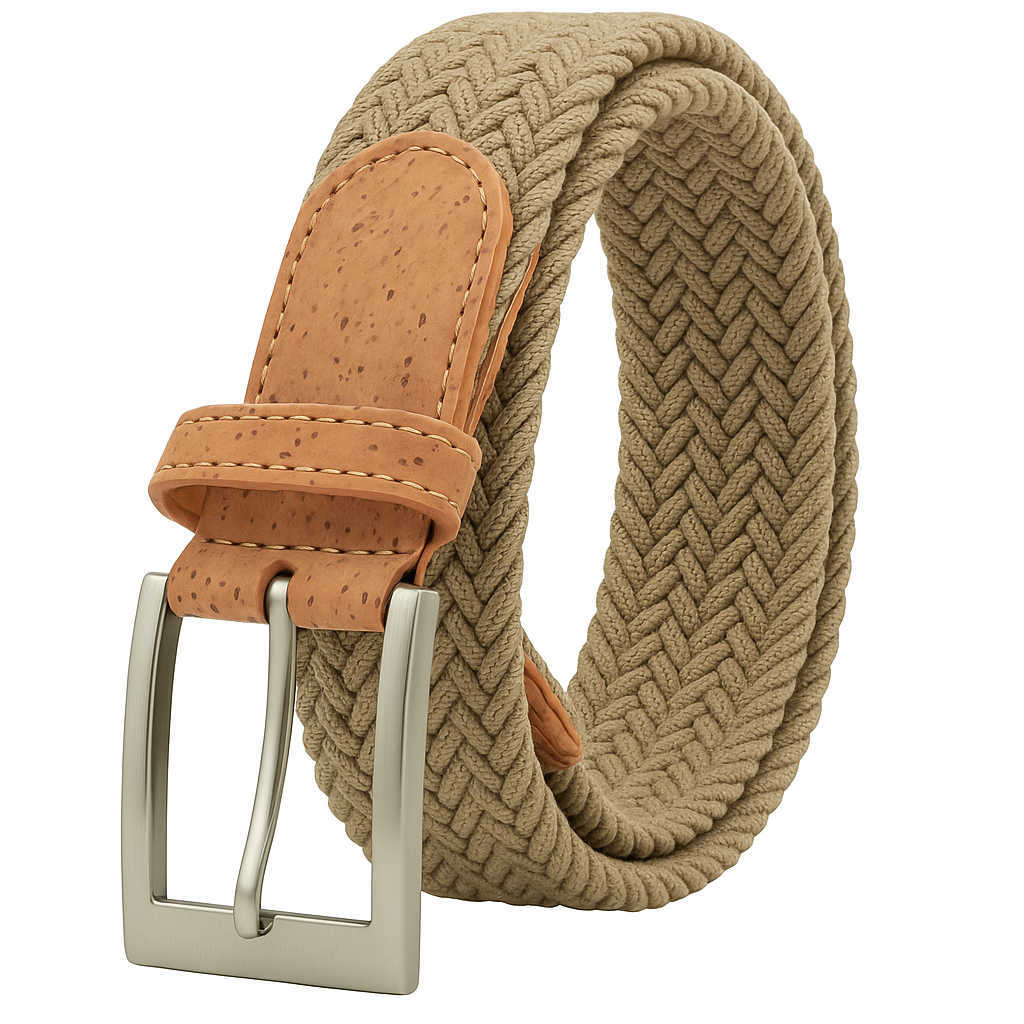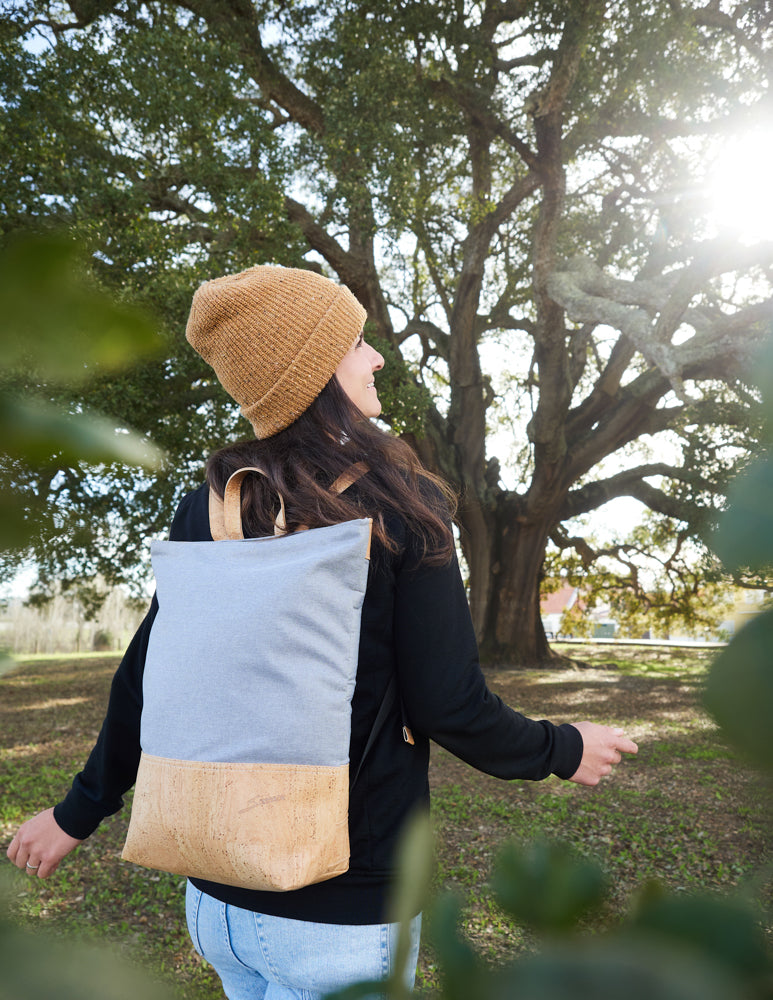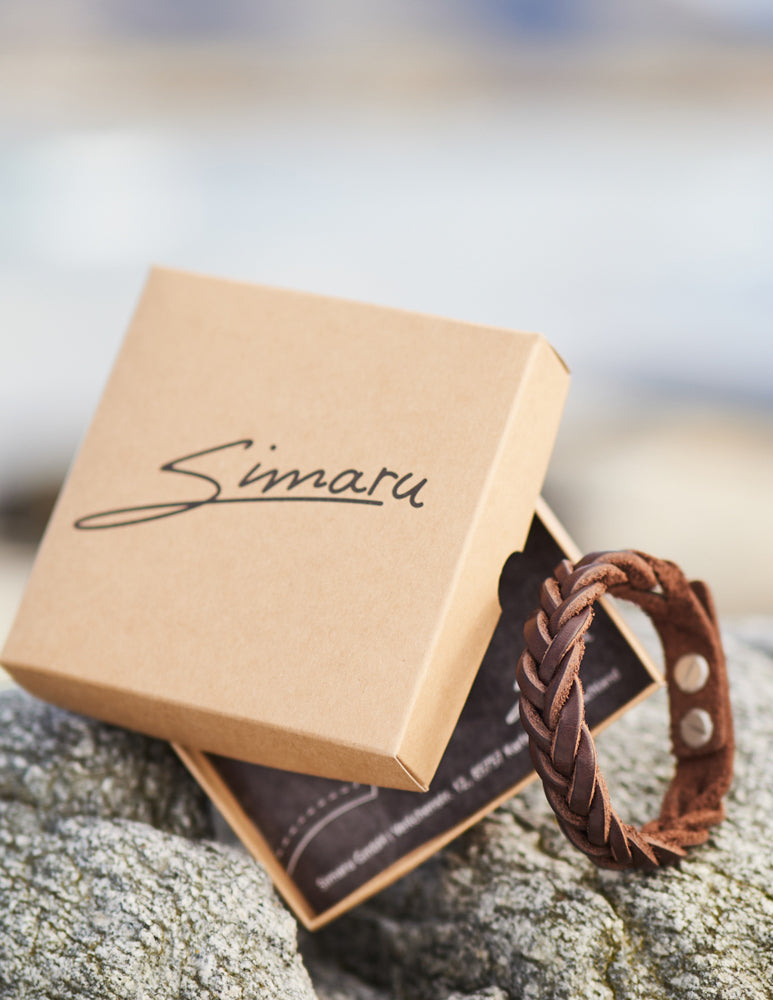Slow Fashion - sustainable & conscious consumption with Simaru
Slow Fashion - The trend that will save the (fashion) world
For several decades, the fashion industry has been synonymous with excessive consumption like few other industries. Since the consumer-driven 1980s, at the very latest, the demand for cheaply produced clothing has been rising almost unchecked. Fast fashion and a throwaway mentality dominate the fashion world. But slowly, step by step, the picture seems to be changing, and the term "slow fashion" is gaining increasing attention within the industry and, above all, in the consciousness of consumers.
But what exactly do we mean by slow fashion? What solutions does slow fashion offer for a sustainable fashion industry, and what exactly can each individual contribute?
On this page, we provide you with comprehensive information about the path to a sustainable fashion world, provide you with studies and statistics on consumer behavior , and explain why Simaru has always relied on slow fashion.
Disposable clothing: One in five items of clothing is never worn
Let's be honest: How many items of clothing and fashion accessories do you own, and how many of them do you wear? According to a representative Greenpeace study in Germany from 2015, respondents reported never having worn 19% of their clothing (one in five items!)! In Germany alone, this resulted in approximately 1 billion items of clothing (!!!) that were produced, purchased, but gathering dust, completely unused, in people's closets.
An unimaginable amount of clothing is produced at a high ecological cost, but then goes unused. Given dwindling raw materials and increasing climate change, we believe this approach to clothing is not only incomprehensible, but highly irresponsible.
Online Shopping - Temptation lurks everywhere
While in the 1980s and 1990s, it was primarily large department stores that continually provided new incentives for people to buy with cheap fashion, today online shopping dominates our consumer behavior. According to the European Commission, in 2022, a good 90% of people aged 16 to 74 used the internet, and 75% of users bought and ordered goods for personal use online. This represents an increase of 20% compared to 2012, representing a tremendous increase within a decade. And this trend appears to be continuing unabated.
By far the most frequently purchased items online in the EU in 2022 were clothing, shoes & accessories (42%), followed by food (19%) and cosmetics (17%).
According to the EU Commission, every EU citizen spent an average of 630 euros on clothing in 2022. This enormous purchasing power and consumers' willingness to spend a lot of money on fashion has driven continuous growth in online retail for years.
7000 liters of water for one pair of jeans
This enormous demand for clothing, coupled with the ease and ubiquity of online shopping, is driving unimaginable mass production in the textile sector. Clothing production requires vast amounts of resources and simultaneously emits horrendous amounts of greenhouse gases.
For example, about 7,000 liters of water are needed to produce a single pair of jeans!
Textiles cause the third-largest water and land use impact in the EU and the fifth-largest consumption of raw materials and greenhouse gas emissions. Returns in online retail add to the environmental impact. On average, one in five items ordered online is returned. This results in enormous and often unnecessary transport and packaging costs.
Industry has a duty: Things can be better
It's clear to everyone involved that things can't continue like this. The fashion industry has recognized that it must react and pay greater attention to ecological and social factors in clothing production. Although the share of sustainably produced clothing in Germany was still just under 5% in 2022, an upward trend is discernible.
However, according to a Statista survey, 41% of people in Germany prefer to buy sustainable fashion items (fairly traded, low CO2 emissions, clothing made from sustainable raw materials). The demand is therefore there and should be recognized and met by the industry.
Simaru - This is how slow fashion works
At Simaru, we demonstrate exactly how manufacturers can implement the slow fashion concept. Environmentally friendly production and the use of sustainable raw materials have always been our guiding principles. From the very beginning, we wanted to offer people the opportunity to consume sustainably and counteract the fast fashion world. Here's a concise overview of the measures Simaru uses to implement the slow fashion concept:
- Sustainable materials: We use environmentally friendly and biodegradable raw materials such as cork and organic cotton to reduce our ecological footprint.
- Quality & Durability: We manufacture high-quality, durable products in compliance with the highest standards. This ensures our customers enjoy their products for a long time and avoids the need to constantly repurchase.
- Just-in-time production: We manufacture the majority of our products only on demand, not in stock. Avoiding stock production is efficient, saves vast amounts of resources, and is based on actual demand for our products.
- Local production, short supply chains: Our products are manufactured exclusively in the EU, using only raw materials from the EU. This ensures short delivery routes and saves enormous amounts of CO2.
- Social responsibility: Ethical production practices, fair pay, and compliance with all labor standards are particularly important to us. All employees throughout the supply chain are part of the Simaru family and are respected and treated accordingly.
- Sustainable packaging: Simaru only uses environmentally friendly and reusable packaging materials.
- Repair instead of throwing away: Many products, such as our belts, come with a free repair kit so customers can adjust or repair the product if necessary, instead of throwing it away or returning it.
- Education & Awareness: Through posts on our social media channels and numerous articles on our website, we inform our customers about the benefits of slow fashion and thus create incentives to follow us on the slow fashion path.
Tips & Tricks: What YOU can do
For the slow fashion movement to be successful, both manufacturers and consumers need to rethink and question their actions. We need to value clothing again and not just "use it up." So that you too can use less clothing in the future and use it for longer, we've put together a few helpful tips for you.
- Put quality over quantity: When you decide to buy a piece of clothing or an accessory, invest in high-quality and durable products rather than cheap items.
- Sustainable goods: Support sustainable fashion labels that use environmentally friendly production processes and guarantee fair working conditions.
- Repair & upcycle: Try to repair damaged items whenever possible and transform old goods into new ones to increase the lifespan of manufactured products.
- Also consider secondhand: Give other people's discarded clothes a second chance. What no longer fits others, for whatever reason, might be just right for you.
- What do you really need? Ask yourself this question consciously before and during your shopping trip. Remember: one in five items of clothing in Germany are never worn!
- Don't follow every trend: Especially among young people, looks and trends are extremely important. However, ask yourself whether you absolutely have to follow every trend promoted by TikTok and the like.
A successful transition to slow fashion requires a rethink in consumer behavior. By purchasing more consciously and supporting sustainable production, we can reduce our environmental impact and contribute to a better fashion industry. Conscious use of fashion and accessories is a crucial step toward a more sustainable future.


